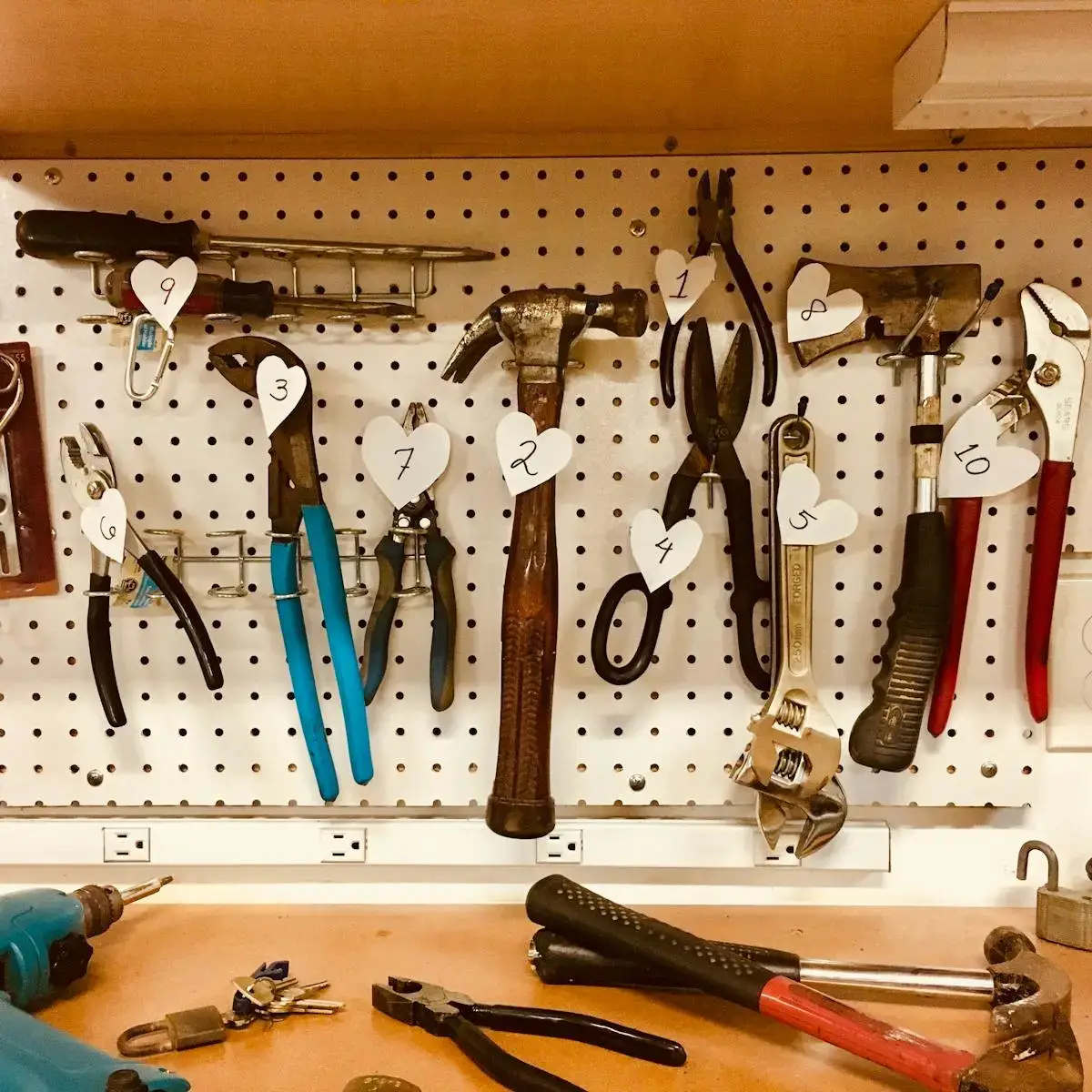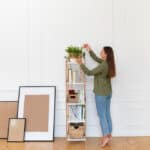If you are stepping into the “do-it-yourself” (DIY) world, having the right tools is the first step toward transforming your ideas into reality. This comprehensive guide highlights the ten essential tools every beginner should own to create a solid foundation for successful projects.
Introduction to the World of DIY Tools
The DIY world offers endless opportunities to save money, unleash creativity, and customize every project detail. From simple home repairs to personalized decorations, DIY is a rewarding endeavor.
However, without the appropriate tools, even straightforward tasks can become daunting.
This article outlines the must-have tools for beginners, focusing on usability, quality, and affordability. With the right tools at your disposal, you’ll be ready to tackle various projects confidently and efficiently.
Table of Contents
1. Measuring Tape
One of the simplest yet most essential tools in any DIY toolkit is a measuring tape. Precision is crucial in most projects, and a good tape measure helps ensure that every cut, placement, or alignment is spot-on.
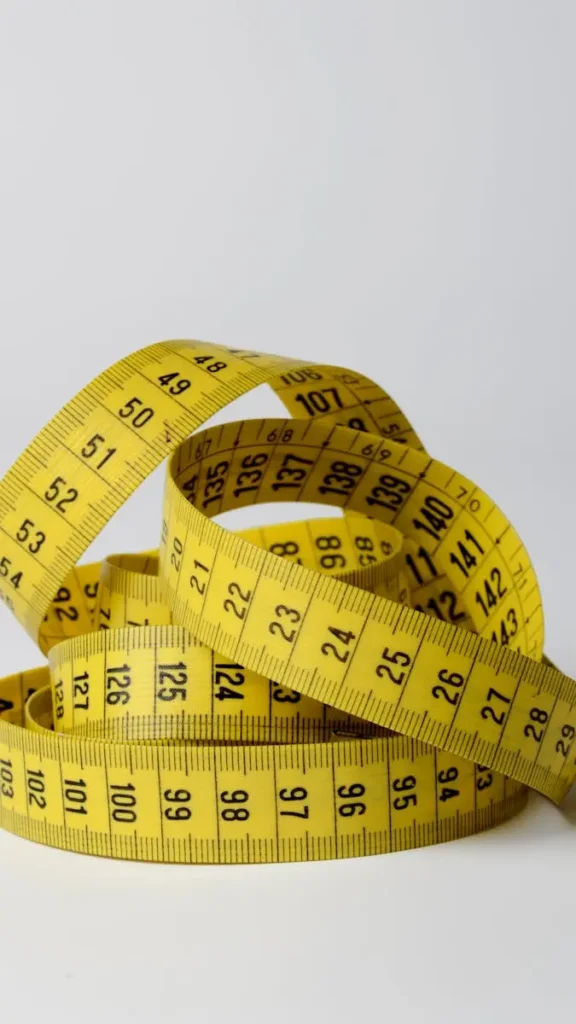
DIY Tip: Choose a measuring tape that is at least 5 meters long with clear, durable markings. Retractable tapes with a locking mechanism are especially handy for one-handed use.
Why It’s Essential:
- Used across carpentry, decorating, and even gardening.
- Prevents costly errors in cuts or adjustments.
Imagine building a shelf or laying tiles without precise measurements—errors can pile up quickly, leading to frustration and wasted materials. With a reliable measuring tape, accuracy becomes second nature.
2. Multi-Purpose Hammer
A hammer is a classic staple of any toolbox and an essential tool for DIY enthusiasts. It’s versatile and straightforward, ideal for tasks ranging from hanging picture frames to small repairs.

Choosing the Right Hammer: A hammer with a dual head—one for driving nails and the other for nail removal—offers more flexibility and ensures you’re prepared for different scenarios.
Practical Applications:
- Installing shelves or curtain rods.
- Fixing loose boards or nails.
A good hammer can also serve as a quick solution for light demolition work or when minor adjustments are needed in tight spaces.
3. Screwdriver Set
No toolkit is complete without a comprehensive set of screwdrivers. These tools are indispensable for assembling furniture, tightening screws, and performing maintenance on various appliances.
DIY Tip: Opt for a set that includes flathead, Phillips, and Torx screwdrivers in multiple sizes to cover a wide range of applications. Magnetic tips are a bonus for handling small screws.
Best Uses:
- Tightening cabinet handles or loose screws.
- Assembling flat-pack furniture or repairing toys.
Having the right screwdriver on hand can save hours of frustration and prevent damage to screws or materials.
4. Hand Saw
For those who want to dive into woodworking or other material-cutting projects, a hand saw is a must-have. It’s ideal for making precise cuts without the need for power tools.
DIY Tip: Choose a hand saw with an ergonomic handle for comfort during extended use. Consider the type of teeth and blade for specific materials like wood, plastic, or metal.
Applications:
- Crafting shelves or custom wooden pieces.
- Trimming small branches or garden stakes.
Hand saws are excellent for beginners who want to master basic cutting techniques before investing in more advanced tools like power saws.
5. Drill with Screwdriver Function
A drill is one of the most versatile tools in a DIY arsenal. Models with a screwdriver function add even more utility, making them a great investment for beginners.
Key Features to Look For:
- Cordless drills offer mobility and convenience.
- Ensure the set includes drill bits for wood, metal, and masonry.
Practical Uses:
- Hanging artwork or shelves.
- Building furniture or drilling holes for electrical work.
A quality drill simplifies tasks that would otherwise take significant time and effort, making it indispensable for both small and large projects.
6. Spirit Level
A spirit level is essential for anyone who values precision and aesthetics in their projects. Whether hanging a picture or aligning a bookshelf, this tool ensures everything is perfectly level.
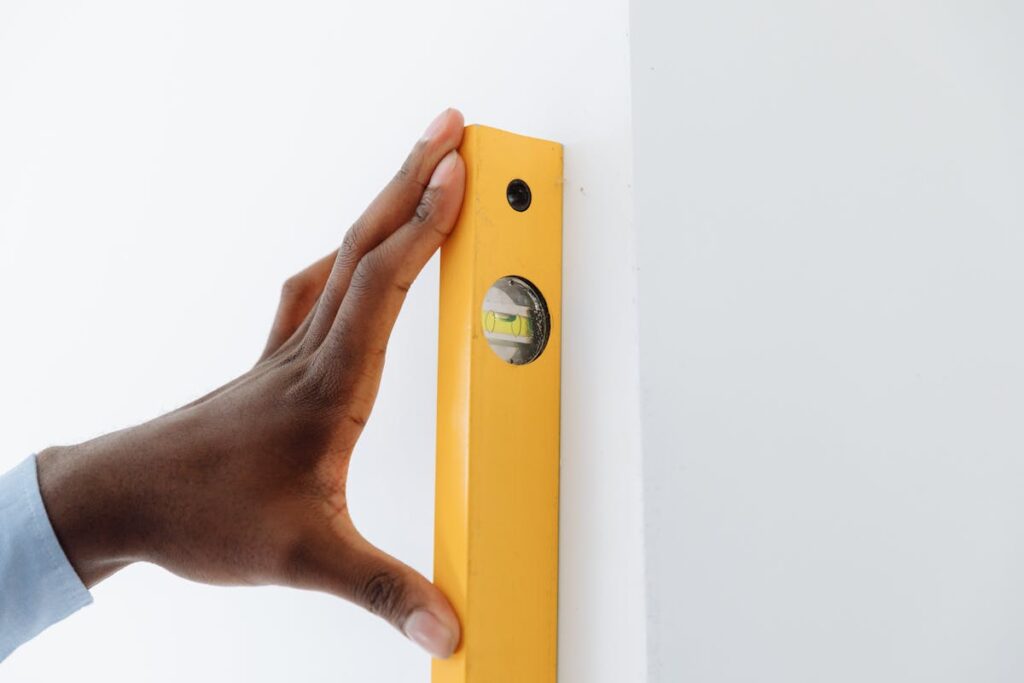
Why It’s a Must-Have:
- Prevents misaligned installations.
- Adds a professional finish to your DIY work.
DIY Tip: Look for a level with multiple vials for horizontal, vertical, and diagonal alignment to increase versatility.
7. Universal Pliers
Pliers are incredibly versatile, useful for gripping, cutting, or twisting materials. Whether working on electrical wiring or fixing a stubborn nail, pliers are indispensable.
DIY Tip: Invest in a pair with insulated grips if you plan to work with electrical components.
Best Applications:
- Removing nails or bending wires.
- Holding small parts firmly in place.
Universal pliers simplify tasks requiring strength and precision, reducing strain on your hands.
8. Sandpaper Kit
Smooth surfaces are critical for achieving polished results in painting or finishing projects. A sandpaper kit with various grits ensures you’re prepared for any material.

Best Uses:
- Prepping wood or metal surfaces for painting.
- Removing rust from tools or fixtures.
DIY Tip: Pair your sandpaper with a sanding block for better grip and even pressure distribution.
9. Organized Toolbox
Having a place to store and organize your tools is just as important as the tools themselves. A well-organized toolbox saves time and keeps your workspace tidy.
Benefits of a Toolbox:
- Easy access to tools when needed.
- Reduces clutter and prevents misplaced items.
Look for a toolbox with compartments for smaller items like nails, screws, and drill bits to keep everything neatly arranged.
10. Hot Glue Gun
While often associated with crafts, a hot glue gun has applications far beyond arts and crafts. It’s a quick and effective solution for temporary fixes and lightweight materials.
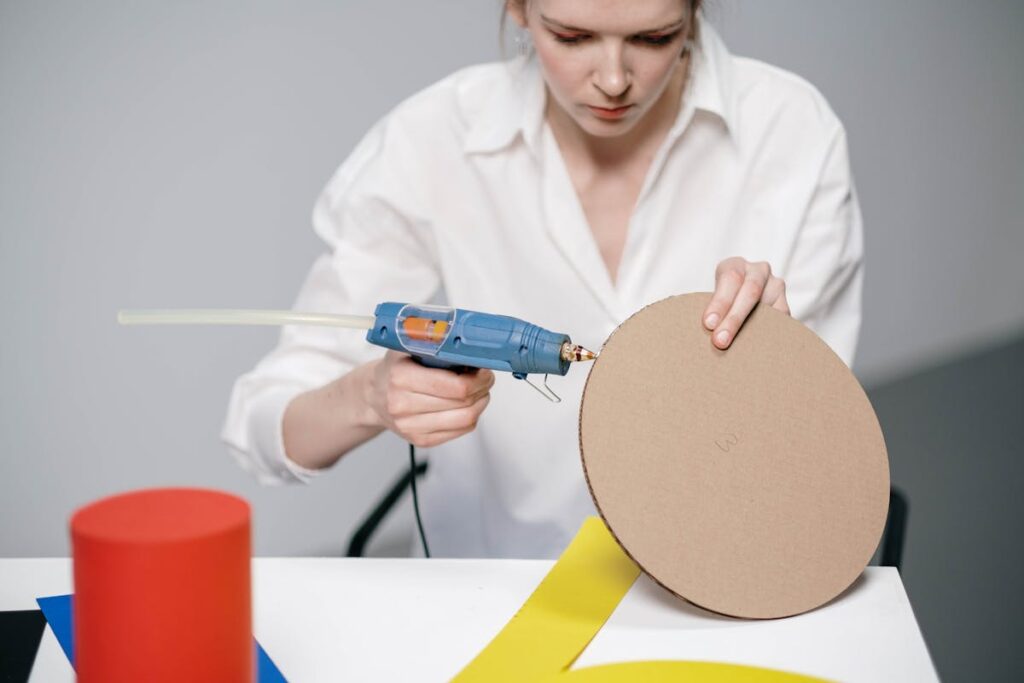
Creative Applications:
- Fixing loose items or securing materials temporarily.
- Adding decorative elements to DIY projects.
DIY Tip: Opt for a glue gun with dual temperature settings for greater control over different materials.
Building Your DIY Toolkit
When assembling your toolkit, focus on quality over quantity. Begin with essential items and gradually add specialized tools as your projects grow in complexity.
Pro Tip: Invest in multi-functional tools to save space and resources in store how leroy merlin. For example, a cordless drill with interchangeable heads can serve multiple purposes.
Recommended Internal Links
- Learn how to safely use power tools in our beginner’s guide here.
- Discover creative DIY project ideas to get started here.
- Carpentry Workshop for Beginners here.
Conclusion
Building a basic DIY toolkit is the foundation of any successful project. With the right tools, you can confidently tackle home repairs, creative projects, and more.
Start small, invest in high-quality tools, and enjoy the satisfaction of creating something unique and meaningful. Remember, DIY is not just about saving money—it’s about learning new skills and bringing your ideas to life.

